What are the top 10 trends in international trade?
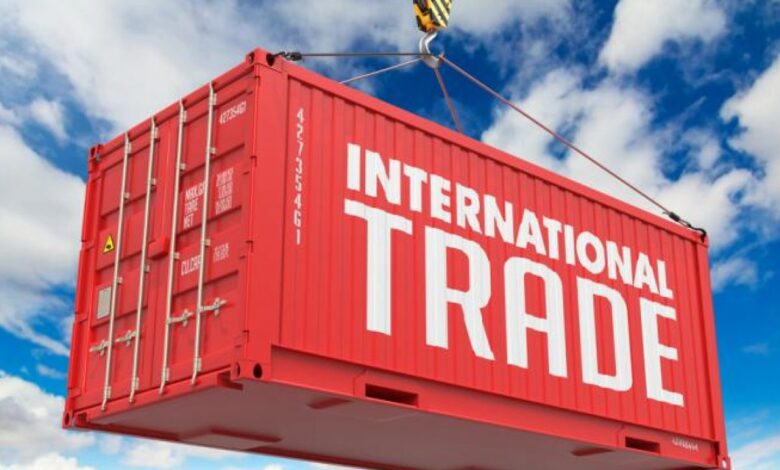
What are the top 10 trends in international trade?
International community development will experience a new trend in 2022: digital data display, known to be digitalization. According to a recent analysis by Adobe, the only option to increase the effectiveness and competitiveness of businesses in 2022 will be to maintain the fast digitalization of global traders. The UNCTAD predicts that the value of world trade will reach 28.5 trillion USD in 2022, up 25% from 2021.
The most encouraging quarter for global commerce was the final quarter of 2021. Additionally, developing countries traded a lot more than industrialized countries. Trade in products increased by USD 200 million to around USD 6 trillion. A total of 1.6 trillion USD (+50 million USD) worth of services were traded.

The performance of global commerce in 2021 was uneven. Although pre-pandemic levels of global goods commerce were surpassed, trade in services remained muted since many cross-border services, particularly international travel and tourism, have not yet fully recovered.
Global growth is slowing down following a major global economic rebound in 2021. A careful balancing act must be struck between fresh COVID-19 waves, major political obstacles, enduring labor market issues, ongoing supply chain disruptions, and escalating inflationary pressures globally if the world is to continue experiencing economic recovery.
To say that 2020 was uncertain would be an understatement. There are big bright sides to be found now that it is over, and businesses all across the world are settling into the new normal. In particular, we’ve observed that companies have grown more robust and flexible to be the result of unpredictability, turning around in record-breaking time to save their sustainability both today and in the future.

In light of this, our global trade ideas for 2022 all center on the concept of adaptability, presenting the cutting-edge approaches that companies and trade experts are using to develop with the continuously shifting circumstances.
Factors that will have an impact on global trade in 2022
UNCTAD expects that a number of variables, including the war between Russia and Ukraine, the real estate upheaval in China, and inflation in the U.S. and several European countries, will have an impact on global commerce this year.
By this point, the majority of multinational corporations have mastered the ability to adjust and persevere in the face of shifting economic conditions, challenges in the supply chain, and COVID-19-related shocks. They have developed the fortitude to accept that the international trade ecosystem’s future is still uncertain to be a result of their resilience.

Better risk management techniques, alternate transportation routes, manufacturers, and export service providers, the use of digital markets, and the implementation of creative economic and financial alternatives are all being used by these companies to adapt.
In 2022, digital prospecting tools will be more critical than ever. Therefore, the need for solutions like EasyBusiness is growing in the export, sales, and logistics areas. Those who were able to cope last year will completely embrace their new routine this year by innovating, adopting digital technology, and, yes, growing accustomed to the unknown.
We’ve prepared a list of 10 international trade themes to watch in 2022 based on these data. Numerous of them demonstrate that the global business community has, on the whole, accepted uncertainty because of the norm that allows it to and should prosper.
1. Moderate economic development that varies by sector and area.
The WTO estimates that the growth of the world’s merchandise trade might reach 4.7% in 2022. Similar to the other year, economic growth will vary by area, with wealthy countries achieving more major gains than emerging countries.

It is crucial to distinguish yourself from the competitors in both domestic and foreign markets in a circumstance like this. One of the best methods to highlight your firm’s position to be the flagship in a particular area is with an original digital representation of the company in 28 languages. You may quickly develop such a presentation with the aid of Booster International’s premium solution.
2. Persistent issues with the supply chain
Supply chain issues dominated the news in 2021. The problems were various, ranging from a lack of pallets and containers to port closures and delays and even an unanticipated crisis in the Suez Canal.
Even while many of these issues will still exist in 2022, things might not be as awful as they seem. According to the WTO, supply-side problems like a shortage of semiconductors and port backlogs “may strain distribution networks and impact trade in specific locations, but they are likely to affect global aggregates significantly. The pandemic itself poses major adverse risks.
Which new markets should exporters prioritize? How can the supply chain be adequately adjusted to the circumstances of today? The strategy and methods for promoting exports in 2022 will be determined with the aid of the Kompass market ranking report.
It might be challenging, especially at present, to effectively manage and carry out all of your supply chain responsibilities on-site, internally, and with only one staff. Businesses often outsource these responsibilities to outside suppliers who provide this help as a call-for-service. Supply chain as a service, or SCaaS, takes its name from the SaaS acronym and provides services for supply chains on demand through both cutting-edge software integration and external support networks.
These systems are widely used in a number of industries, including distribution, transportation, accounting, and logistics. Many are using these outsourced services instead of their own teams to ensure sure they have personnel on the ground who can help with in-person work due to travel constraints. Many people think that these SCaaS ties will endure even after the epidemic since they generally make supply chain management more convenient and worry-free.
3. Innovative logistical techniques

Many businesses are revising their logistics plans this year to be a result of COVID-19 limits that will increase and decrease during 2020 and 2021. These businesses will probably diversify their methods by developing hybrid approaches.
Those who didn’t want to put all their strategic eggs in one basket will blend the local and extended networks this year to ensure that if one distribution network fails, another may take its place. Last year, some people thought about localizing their distribution networks while others varied and expanded them.
With the inclusion of just-in-case logistics, some businesses will probably continue to enhance just-in-time manufacturing. Others will maintain offshore production sites to supply local markets while moving production of select goods nearer to home markets.
Elastic logistics is all on flexibility, as the name implies. Some companies will make a shift away from a lean, efficient approach to logistics in 2021 that lowers costs and increases profit. Instead, they will diversify their businesses and assets to better compete in a world economy that is undergoing fast change.
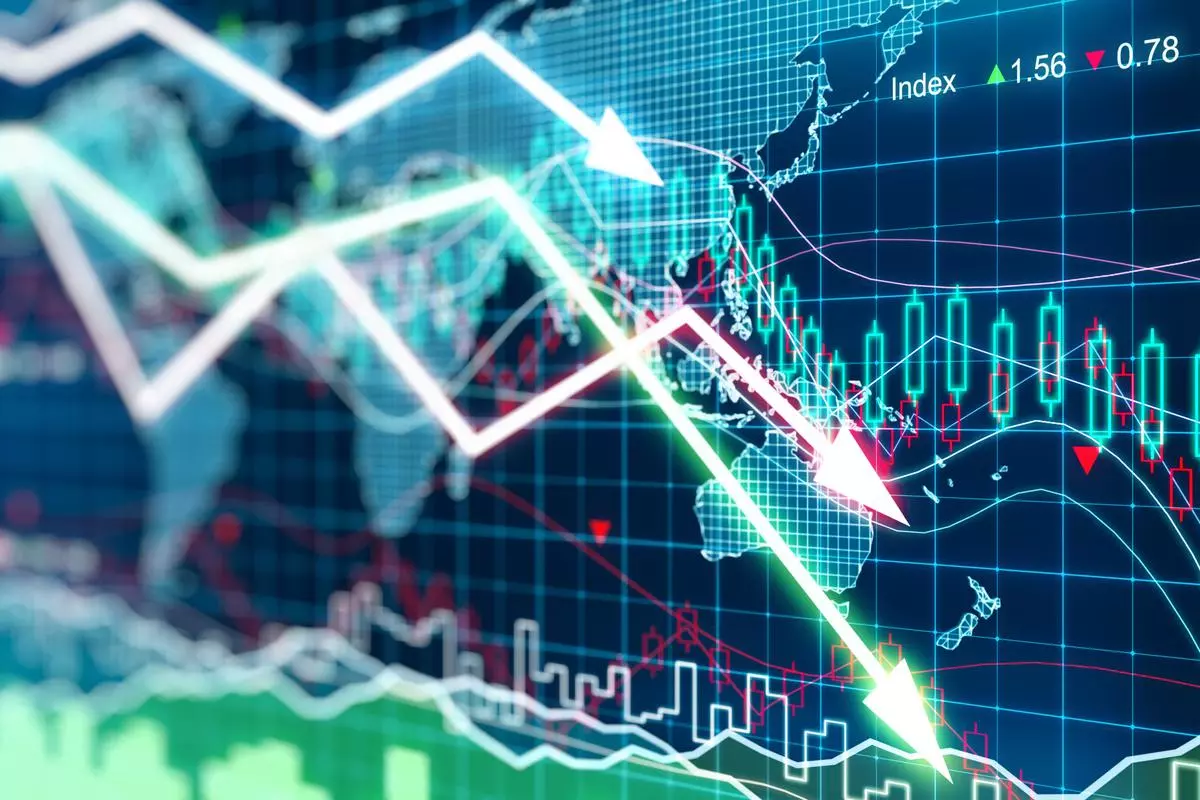
This could entail using cutting-edge technology, like transportation management systems (TMS), or expanding to involve global collaborations and external support in other countries. The aim is to create strategies that can help with jobs that have been impeded by travel limitations, economic downturns, or emergencies, and the agility to scale up or down at the drop of a hat.
Even while a major upfront expenditure might be challenging to justify in the current economic climate, many contend that the modest short-term costs yield big long-term benefits.
3. Political penalties
There were indications of political unrest in several of the leading countries of the world as 2021 came to an end. The United States, Canada, Australia, and the United Kingdom have declared a diplomatic boycotting of the Winter Olympics in Beijing.
The world’s top economies have imposed an extraordinary number of sanctions in response to Russia’s invasion of Ukraine, which will have disastrous effects on the global economy. Predicting the extent of the harm to international trade is still incredibly difficult.
5. Improving information security
In 2022, digital technology will become the only option for many multinational corporations and attempts to increase data security will grow. This will be fueled by both an increase in security breaches and the rising expenditures related to them.
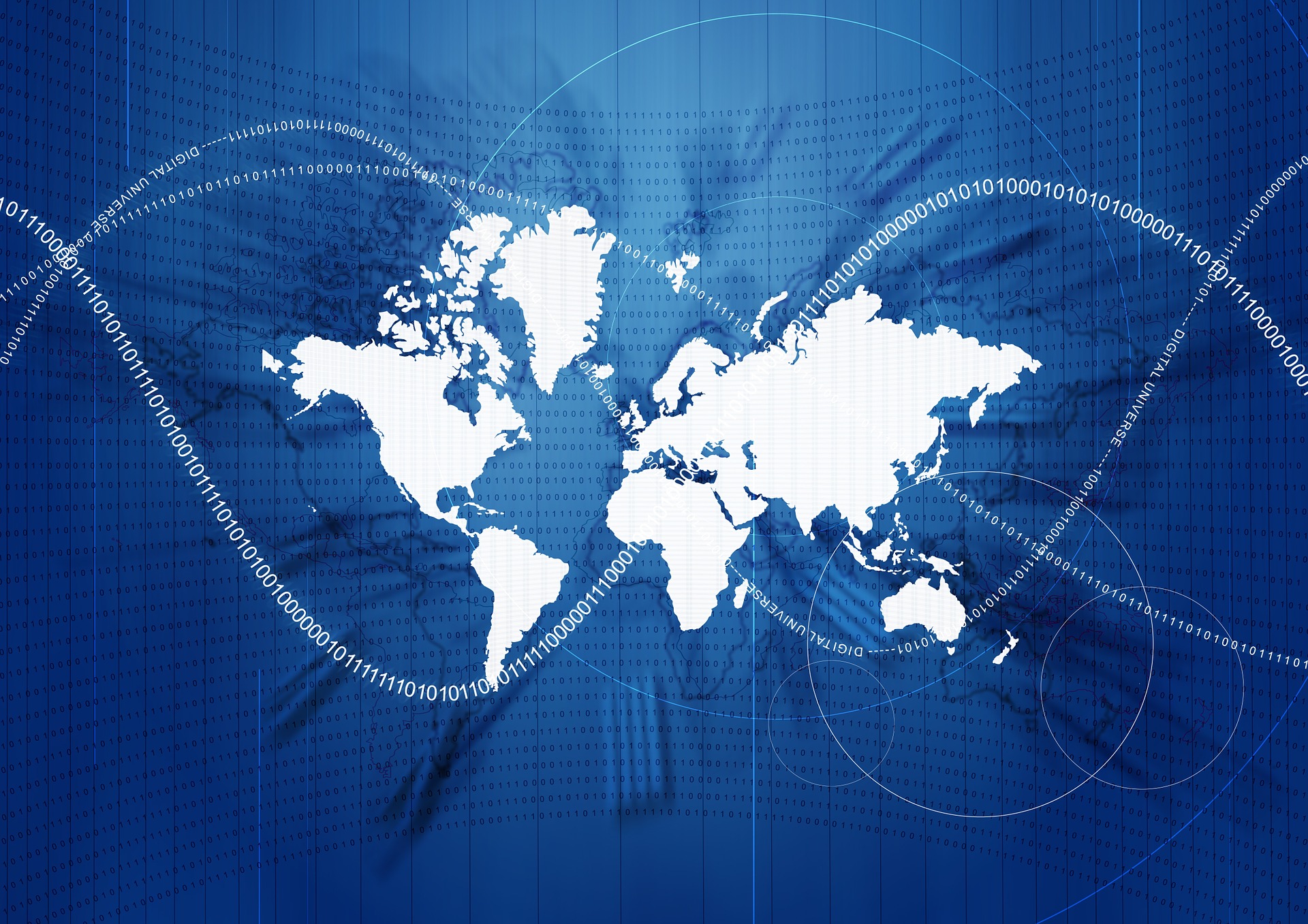
A single breach can majorly negatively impact an organization’s reputation and financial results. For long-term success and brand reputation, it is essential to have the appropriate safeguards and business continuity process in place.
6. Technologies using artificial intelligence and automation
According to Daniel Susskind in a Time magazine article, “This pandemic has created a major motivation to automate the labor of humans.” Machines don’t get sick, they don’t need to isolate themselves to protect their peers, and they don’t need to take time off from work.
Companies worldwide use different tools to help them deal with expanding content needs or a declining workforce, including chatbots to assist consumers and AI software that produces content. In 2022, this trend will still be prevalent.
7. Development and use of a distributed workforce
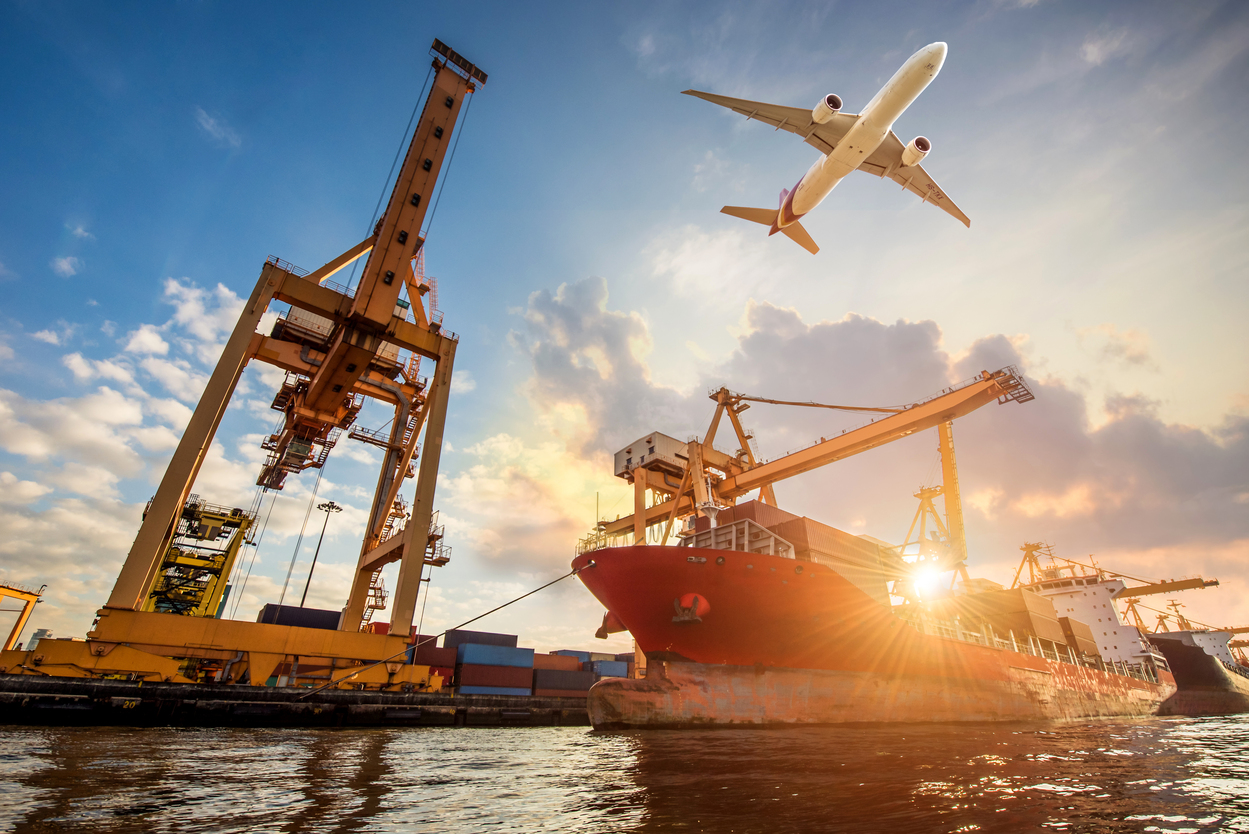 According to data, 74% of companies intend to provide remote work to employees after the epidemic, and 55% of employees stated they want to telecommute as much as or more than they do today. Some businesses attempted to introduce return-to-work scenarios when the COVID-19 outlook improved in a variety of nations in 2021. Still, their efforts were short-lived due to the new COVID-19 mutation and a broader cultural change towards demanding teleworking settings regardless of health state.
According to data, 74% of companies intend to provide remote work to employees after the epidemic, and 55% of employees stated they want to telecommute as much as or more than they do today. Some businesses attempted to introduce return-to-work scenarios when the COVID-19 outlook improved in a variety of nations in 2021. Still, their efforts were short-lived due to the new COVID-19 mutation and a broader cultural change towards demanding teleworking settings regardless of health state.
Businesses will take more notice of this demand for remote work in 2022 and expand their options for part-time or remote work arrangements to keep up with the times. There will be many upheavals and developments in 2022, some of which will be expected and others unanticipated.
This year’s main themes are digitalization and automating all business operations involved in exports. Online marketplaces like Kompass.com are more active than ever in aiding businesses in gaining access to and advertising in international markets.
Since the pandemic is still ongoing and the war in Ukraine is in full force, it is evident that we cannot predict the world’s position with confidence; yet, those who embrace this reality are advancing with creativity and invention. Everyone is expecting that they will succeed in achieving this and come up with ideas to help the international company enter a new era of stability and advancement.

8. Virtual business trips (VTMs)
Before COVID-19, government representatives and businesses traveled across countries to boost trade between them. These expeditions investigated a wide range of business and alums networks that cemented important contacts, suppliers, and government networks. They were practical, in-person social events.
Naturally, in-person trade excursions have been largely replaced by virtual trade missions (VTMs) as a result of today’s travel restrictions. Why does this matter? Beginning with the basics of interest, like the trade, marketplaces, import and export potential, contact introduction, Q & A sessions, and more, virtual missions focus on videoconference and virtual conference encounters.
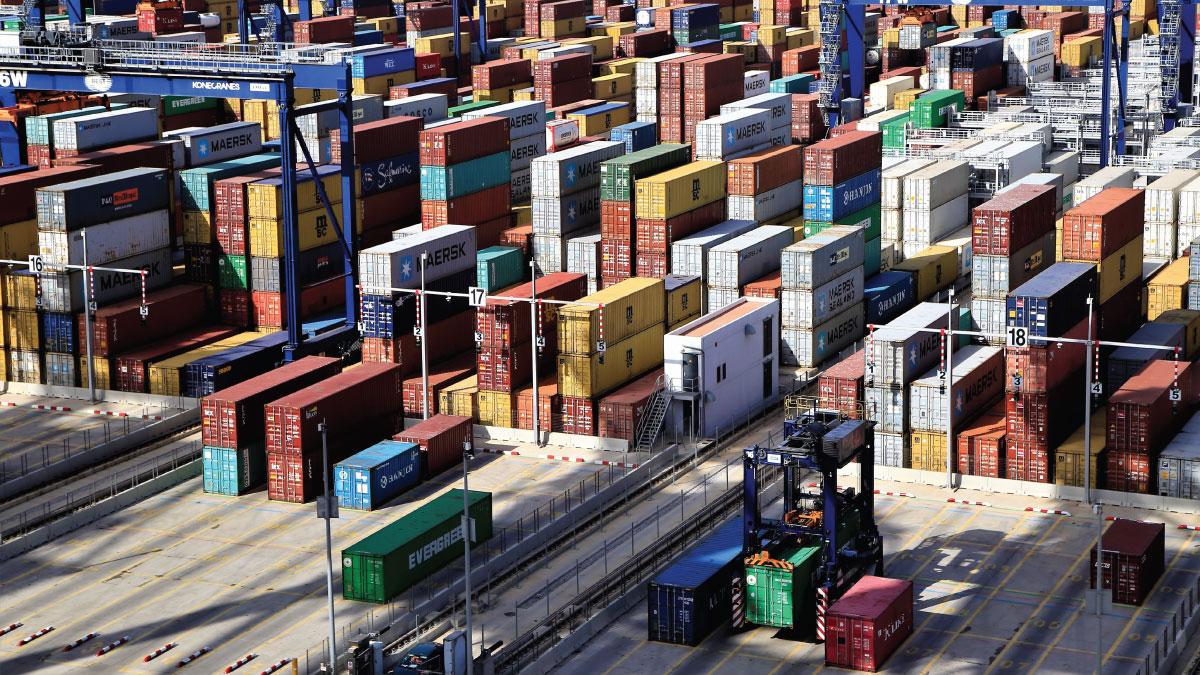
VTMs provide a workable answer for those looking to maintain the movement and activity of their trade missions because they need zero traveling, and all communication and missions business takes place virtually.
In FITT’s Save Money & Recover Faster webinar, Bernadette Fernandes, Founder & CEO of The Varanda Network, observed these VTMs in action and observed: “I’m seeing a lot of online trade missions and site visits that we weren’t seeing previously.” I’d seen a lot of interim freelancing in situations were visiting a supplier or a customer’s location is essential.
An illustration of temporary outsourced, as I refer to it, would be hiring local laborers to travel to the area and collect the necessary criteria for making decisions. The Varanda Network’s founder and CEO, Bernadette Fernandes.

VTMs do, of course, come with some limitations. Many firms are working in the constraints to ensure that the most crucial details are communicated through online chats and presentations. Still, other things, including meet and greets over dinners and broad cultural exposure, cannot be accurately performed through virtual settings.
We expect a flood of new forms to emerge because more countries become accustomed to carrying out VTMs, from schedule preparation and the sequence of events to meetings and how they are organized to make the most of time.
Participants using VTMs need to be aware of time zone changes, virtual chat/conferencing tiredness, and technological difficulties. VTMs do have benefits, like decreased costs (no hotels, airfare, or food expenses) and novel strategies for conducting global business in an internet environment, even though most people think of them as a temporary fix to the present pandemic constraints.
9. Geographical
Due to COVID-19-related travel and trade restrictions, localization became a prominent topic in 2020. Still, it was already on the rise before the epidemic due to rising nationalism in many countries and grassroots campaigns to “shop local” and maintain local supply chains. In 2021, the tendency will still be growing, and supply chains will still be under pressure from constrained travel, resources, and suppliers.

However, many believe that this is more of a tweak that maintains the supply chains accessible to particular locations that may provide dependable trade support during difficult times rather than a restriction on using global supply chains. Professor of Strategy and Supply Chain Management Carlos Cordon observed this IMD article, noting that “Global trade is going to become much more regional.”
Companies became aware of the dangers of working with just one supplier or a group of suppliers based in the same area or country. However, some experts contend that maintaining international trade links will assist international business and exports in the long run. One such expert is economist Pierre-Olivier Bédard-Maltais, who posted to the BDC blog. Companies that export make more money, expand more quickly, and weather economic downturns better.




